Autopilot is a great feature to have on a sailboat, especially during extended voyages. Nowadays, autopilot has become part of a newer sailboat package. But you can undoubtedly retrofit your older vessels with this idyllic comfort.
There are various options and accessories to pick from when shopping for a suitable autopilot system for your boat. This article aims to help you choose amongst the best.
Table of Contents
What Is Autopilot?
Amid all the technological advancement we are experiencing, we are on the brink of autonomous vehicles becoming an industry standard. Though, there are still several legislative and safety modules to appease.
However, the recreational marine world has been privy to self-steering vessels since Derek Fawcett’s 1974 invention of the Autohelm. Though his earliest models depended on a wind vane rather than intricate electronics, his devotion yielded an autopilot system with an electronic interface ten years later.
Fast forward to today’s autopilot market, and your choice selection is wide open to the most technologically advanced options the marine industry has ever known.
Types Of Autopilot
British Engineer Derek Fawcett’s earliest invention of the recreational Autohelm is comparable to what is known as self-steer or wind vane steering.
Essentially as the wind vane detects wind from either side, a transfer of that force presents itself to either an independent rudder or a servo-pendulum that redirects the boat’s course.
This more primitive steering system cannot keep your sailboat on a preset compass course; however, experienced sailors tend to agree that steering to a wind angle is usually better anyway.
Self-steer systems are purely mechanical and function in great thanks to simple physics. No electric power is necessary to operate the wind vane; thus, you conserve more of your battery load, which is of the utmost importance during an extended journey.
We will turn our focus now to fully-electronic autopilot systems for this article. Suppose you select the most suitable system for your sailboat’s configuration and have it professionally installed. In that case, you can genuinely enjoy a hands-free experience once you initially set your boat’s course.
We will learn how to select the most suitable system for your sailboat, but first, it would be helpful for you to be aware of and understand the essential components of an autopilot system.
Quick Guide For Choosing An Autopilot System
- Select a drive unit that matches your sailboat’s steering system
- Consider the various sensors that you will need (i.e., rudder position)
- Choose a CPU strong enough to handle the power required to drive your autopilot system
- Find a user-friendly control head (interface) for monitoring and adjusting autopilot settings
- Invest in worthy accessories like a 9-point compass and handheld remotes
- Use an experienced authorized installer to ensure proper installation of the autopilot system
Basic Autopilot Components
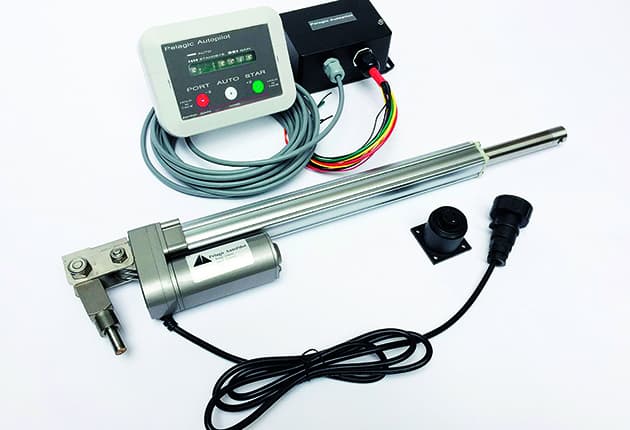
Modern autopilot systems include a combination of electronic interfaces, drive units, pumps, cylinders, alarms, digital displays, and more to provide sailors of all calibers with an accurate and efficient tool for maintaining a steady course.
Sailboat owners who integrate their autopilot systems with a global positioning service have the opportunity to rest, relax, and enjoy the ride. However, you will be a better captain if you understand the technology behind these systems.
There are four main components to any autopilot system, including:
- Central Processing Unit
- Drive Unit
- Control Head
- Heading Sensor
Central Processing Unit
In short, the CPU is the brain and the power supply for the autopilot system. It connects to a highly advanced sensor network that activates upon heading, wind, motion, and acceleration inputs.
Fully electronic autopilot systems draw plenty of power from your boat’s battery banks. The CPU regulates how much DC power is needed to handle the hydraulic or mechanic drive system that ultimately moves the rudder by following preset coordinates.
Hydraulic or Electric Drive Unit
The drive unit is the muscle behind the movement. Therefore, it is essential to consider whether your boat currently has a linear, rotary, or hydraulic drive mechanism.
Consult an authorized dealer or manufacturer to help you decide on the most suitable drive unit for your boat’s current configuration.
Control Head
Th control head of your sailboat’s autopilot system bridges the connection between your fingertips and what is going on above deck or below to keep a steady course.
Some typical elements of a suitable control head include:
- waterproof
- easy-to-use display
- LED backlighting
- Sun visor or glare protector
- compatible with major marine communication networks such as NMEA 2000, SimNet, or SeaTalk
Heading Sensor
A fluxgate compass is an electronic compass that is unaffected by position or unusual movements. Sailors compliment this electronic compass as one of the most significant advancements in marine technology.
In addition to even more advanced heading sensors such as the Precision-9 Compass by SIMRAD, a complete autopilot system should also have integrated wind and boat speed sensors.
Considerations For Choosing The Right Autopilot
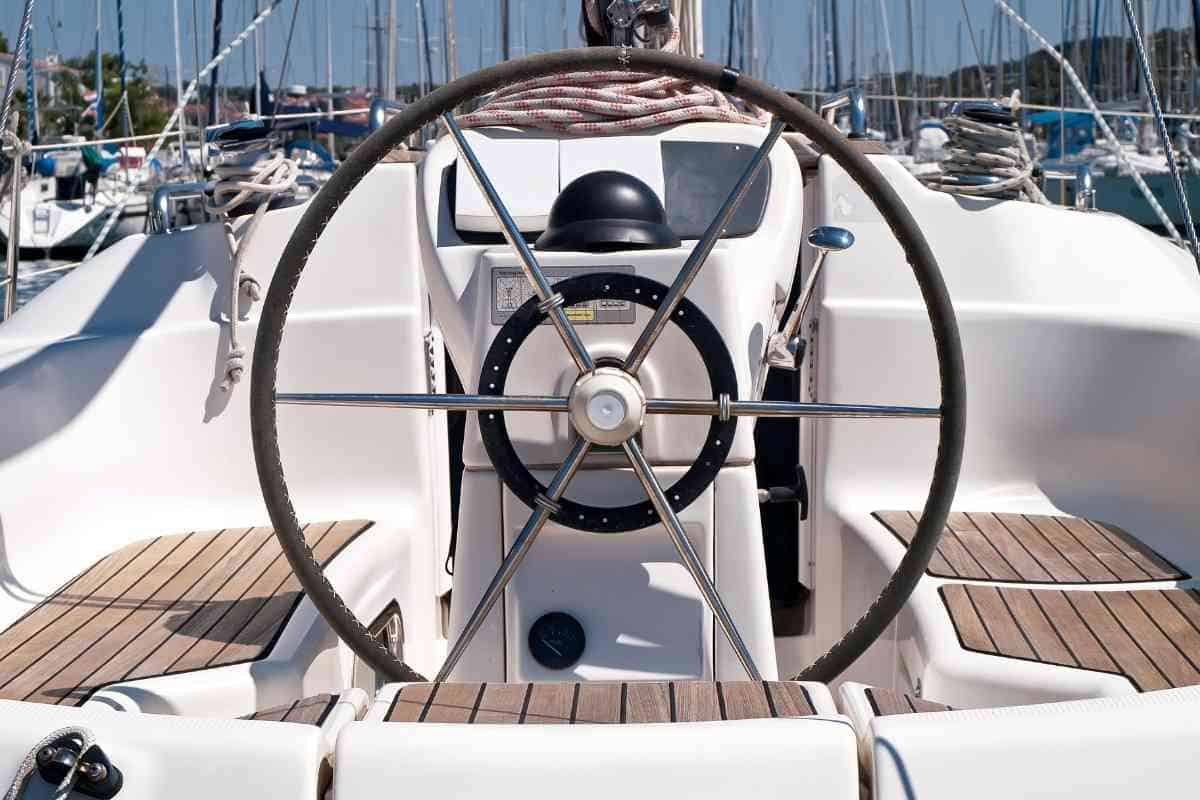
As boat owners, we must understand our boat’s capacity. Whether choosing a suitable motor or accessory or calculating total passenger and storage load limits before heading out to the deep blue, knowing our boat’s size and displacement is very useful.
A West Marine article by Tom Burden points out that “probably the biggest problem with autopilot reliability is that long-distance sailors frequently buy small, cockpit-mounted autopilots, and then expect them to operate flawlessly over a multi-year cruise.”
You may select between a below-deck or above-deck (pilots) autopilot, being sure to match your boat’s displacement. Typically pilot systems can be utilized with smaller boats, whereas a below-deck installation is preferable on larger vessels.
Please consider the following:
Displacement
Your boat’s length, hull design, and weight displacement are critical to selecting a suitable sailboat autopilot. For example, smaller vessels with a V-hull design or sailboats with an extra-long keel have excellent directional stability.
In comparison, keel-hung rudders are harder to steer, although the keel offers more excellent protection to the rudder.
Speed-To-Helm Adjustment
In the face of big waves or other unfavorable conditions, a captain should be prepared to make minor helm adjustments to their autopilot systems.
Speed-to-helm adjustments directly affect the balance and overall performance of your sailboat. With modern autopilot systems, most adjustments are achieved automatically due to lightning-fast algorithms that the CPU calculates.
Superior autopilot systems such as the Raymarine Evolution series utilize artificial intelligence to gather accurate information and perform sensitive calibrations necessary to counter high seas gracefully.
Size
Always go up in size. Of course, any autopilot system will do the job given calm seas as their preferable environment. But as any seasoned boat captain will tell you, the high seas are unpredictable.
Remember that your boat’s displacement can change based upon load conditions. So, when you set sail on a more extended voyage, all of that extra gear and storage could up your boat’s displacement by about 20%.
That said, start your search with the autopilot recommendations of your boat manufacturer, then go up a size, especially if you were close to the upper limits.
Cost Of An Autopilot System
Pilot or above-deck autopilot systems usually are less expensive and easier to install than most below-deck solutions. In addition, these packs provide adequate power and performance for most conditions for sailboats up to 40 feet in length.
A tiller or wheel-mounted above deck autopilot system can run as low as $500 to a couple of thousand dollars. But, of course, you need to factor in additional installation charges to this cost.
Below-deck autopilot systems offer more power and stand up to more rugged conditions. Expect to budget between $2,000 and $5,000 for a complete autopilot set from Raymarine or Garmin.
How To Safely Use Autopilot
Remember that autopilot or any other technological accessory is no substitute for experience and seamanship. Just because you have the autopilot function on does not mean that you should fall into optimism bias that nothing could or will ever go awry.
That would be haphazard- especially out in the deep blue.
Along with other pre-departure safety information, such as emergency procedures, you should brief your crew on how to disengage the autopilot system.
Know that autopilot systems can fail at any time (usually when it’s most inconvenient, so Murphy tells me). Always be ready for an alternative course of action.
As I already mentioned, stay aware of what is happening. Stay on your toes and if you are feeling tired, turn autopilot off and take the helm.
PRO-TIP: When choosing your autopilot system, be sure to buy a wireless remote control that gives you complete control from any area of your sailboat while staying up-to-date with all of your core instruments’ data.
Conclusion
Sailing the deep blue can be stressful and fatiguing, especially when you are at the helm for hours on end. Choosing a suitable autopilot system for your sailboat can give you a break, make your job easier, and help you remain on a pre-determined course more efficiently.
When you begin looking for a suitable autopilot system for your sailboat, remember to refer back to the steps outlined in the quick buying guide to help you ensure compatibility.
Please share your questions or concerns about choosing an autopilot system for your sailboat in the comment section below.

Joseph Fabiano is a writer, nature enthusiast, and stay-at-home father of two wild and free boys. He enjoys starting his day with a good run, hot mug of coffee, and a jump in the Ionian Sea, no matter the weather. Currently based in the Apuglia region of southern Italy, he enjoys discovering the world with his best traveling buddies (his little monkey’s and beautiful wife) at every given opportunity. Every trip, long or far, should be made an adventure according to Joseph as he believes inspiration and creation is right in front of you.
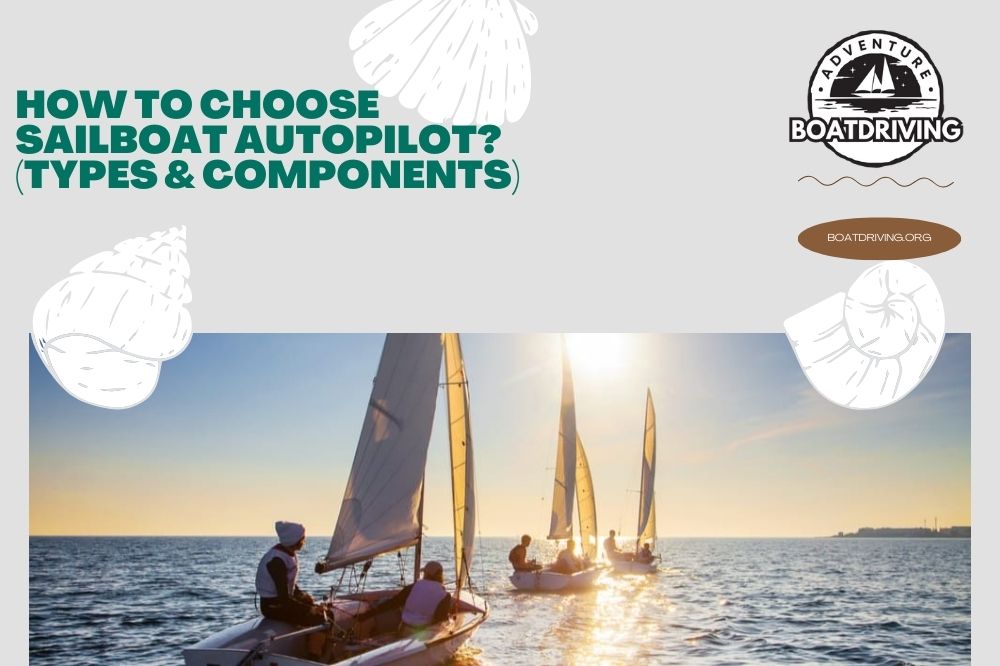
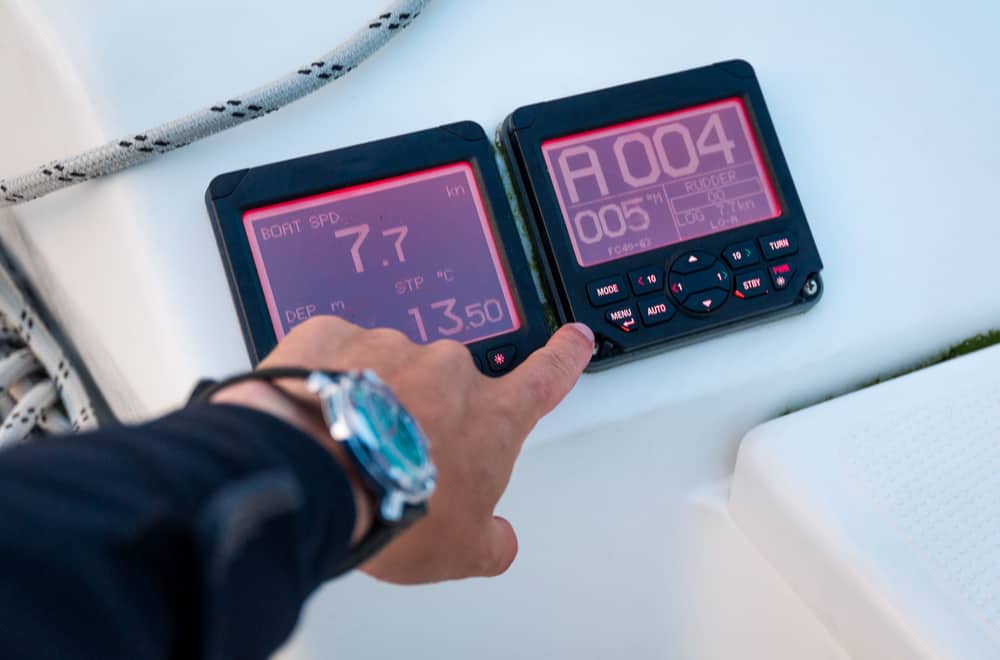
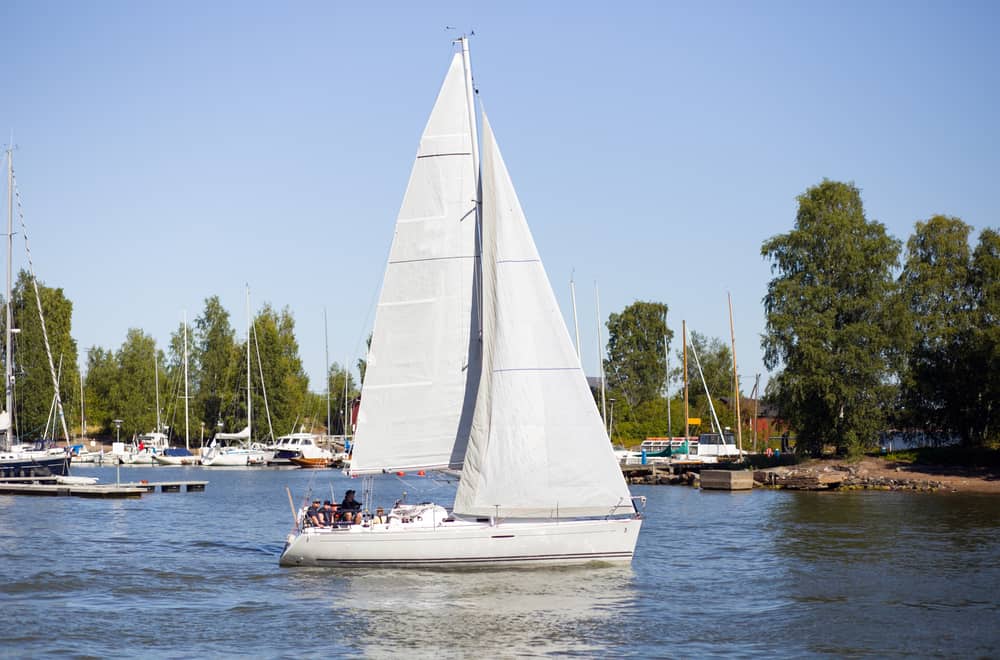
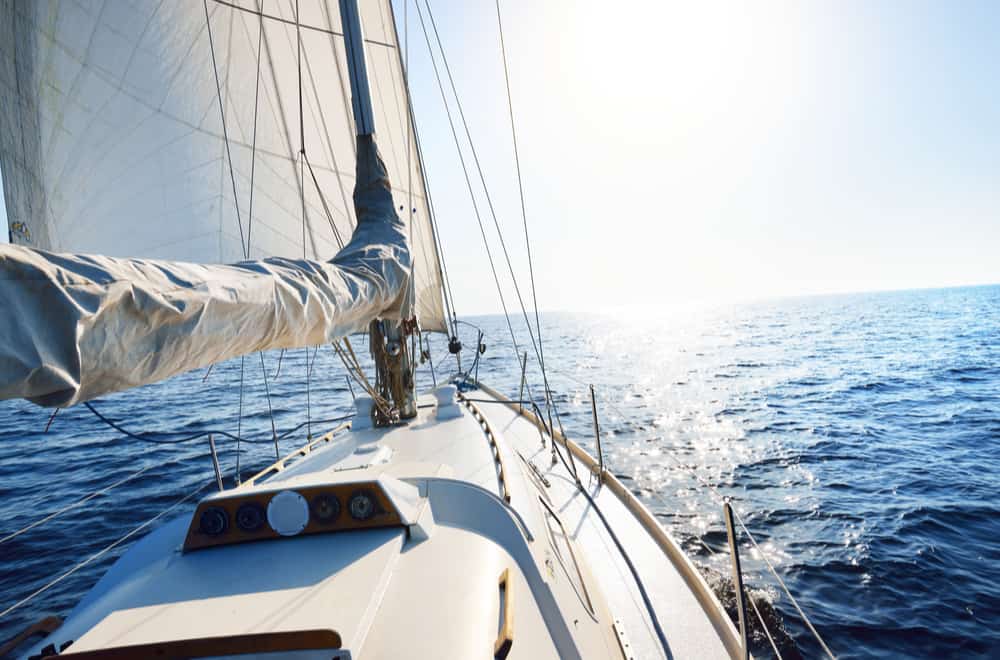
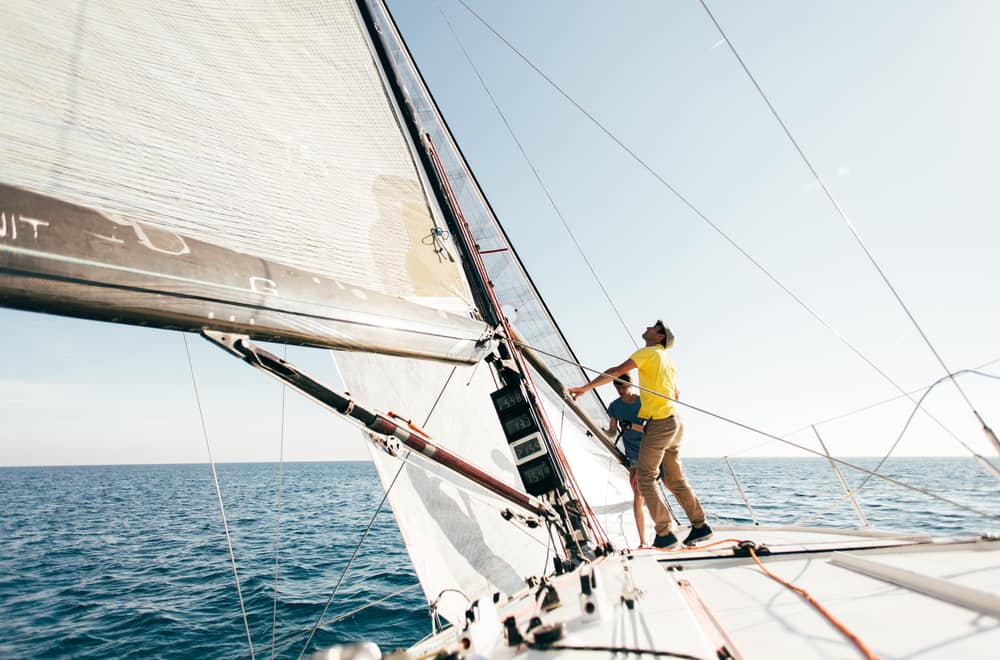
Hi, I recently upgraded my boat’s autopilot system, and the decision to choose between a hydraulic or electric drive unit was a pivotal one. Consulting with the authorized dealer was a game-changer; their expertise helped me seamlessly integrate the ideal drive unit for my boat’s linear mechanism.
The control head, often the unsung hero of the sailing experience, turned out to be a key player in maintaining a steady course. The waterproof, easy-to-use display with LED backlighting and a sun visor exceeded my expectations. Its compatibility with major marine communication networks like NMEA 2000 was a significant convenience during navigation.
I can’t speak highly enough about the addition of a fluxgate compass to my autopilot system. The precision and reliability, even in challenging conditions, have made it one of the most valuable upgrades. The integration of advanced heading sensors, including the Precision-9 Compass by SIMRAD, along with wind and boat speed sensors, has truly elevated my sailing experience.